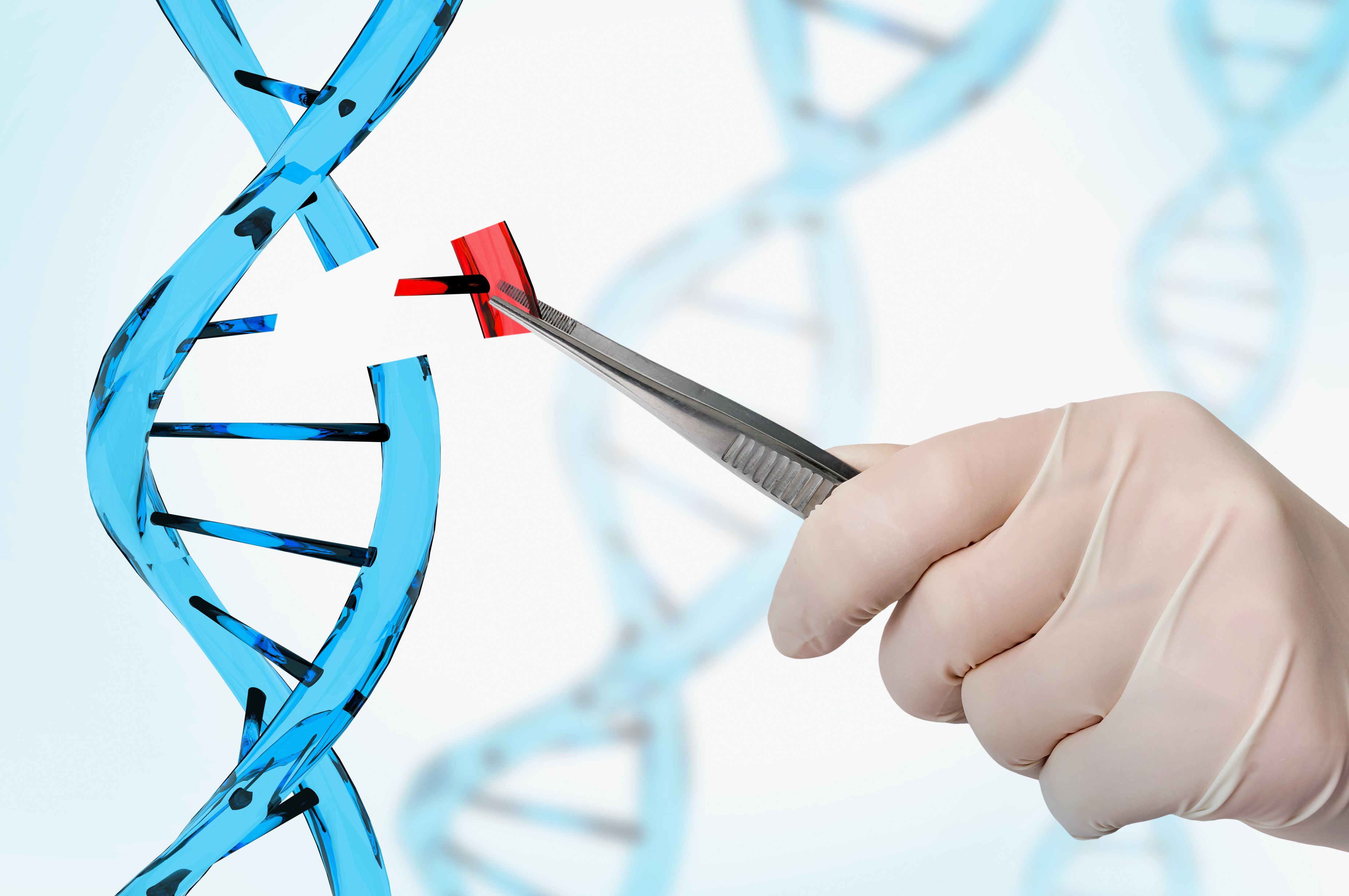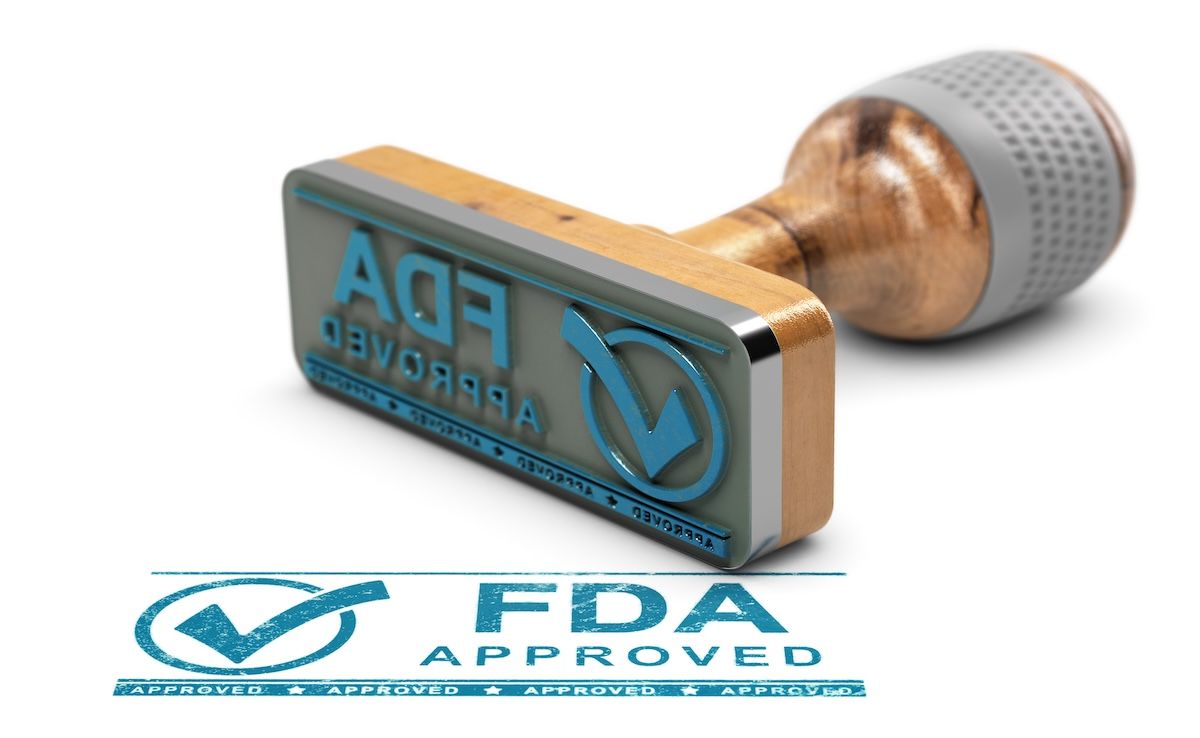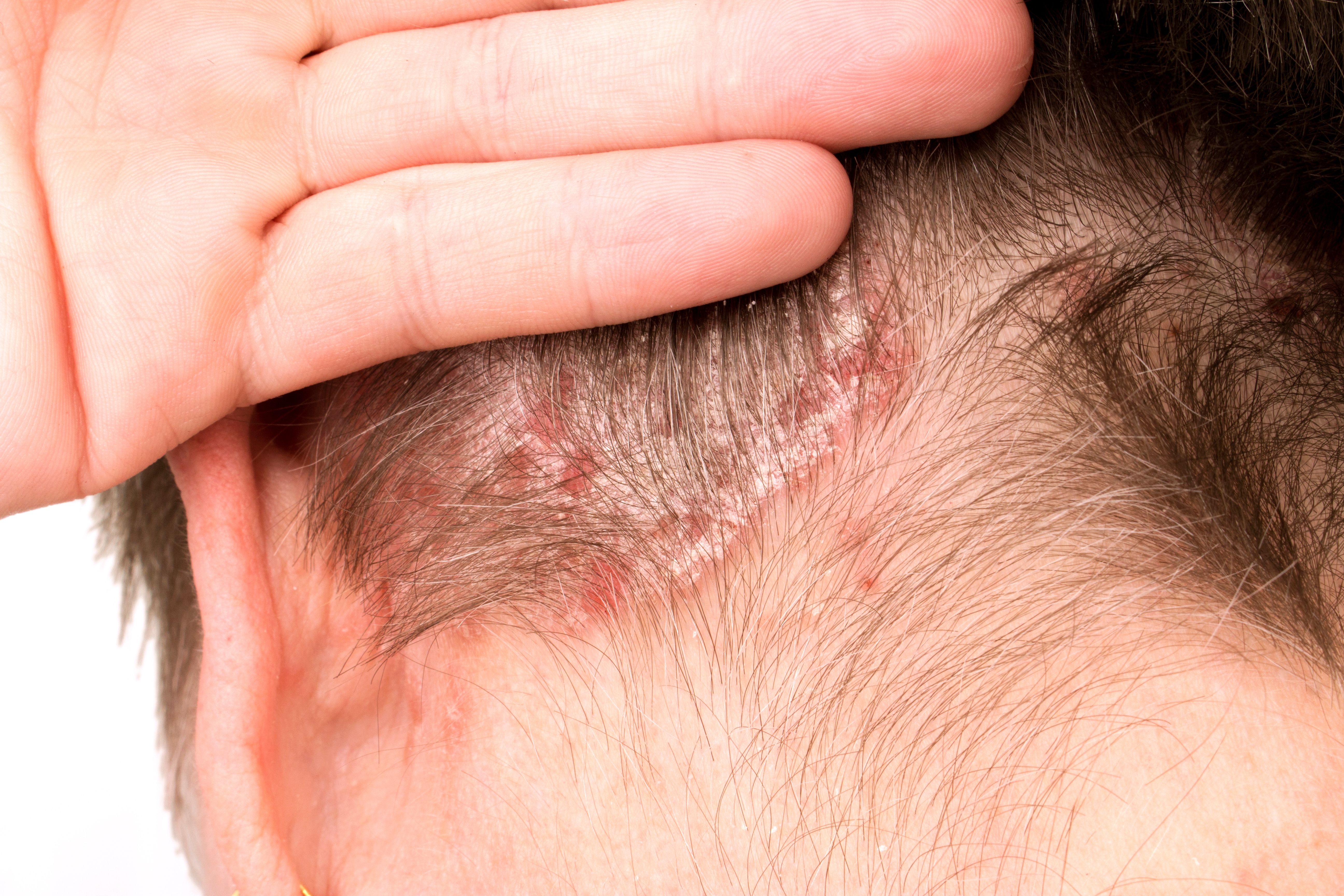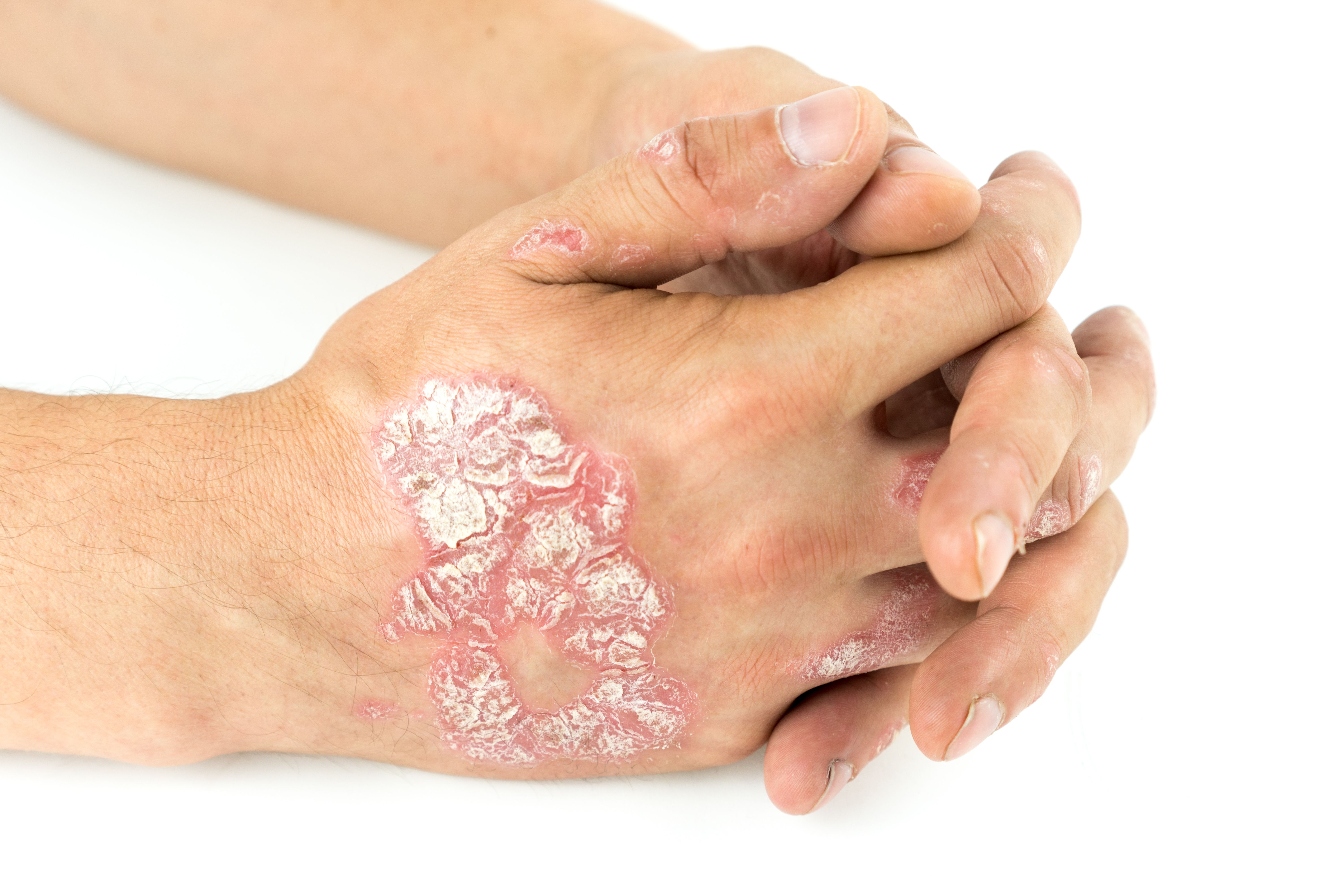News
Article
Etranacogene Dezaparvovec Gene Therapy Outperforms FIX Products in Hemophilia B
Author(s):
The findings from a recent study unveiled notable distinctions in bleeding rates between etranacogene dezaparvovec and the standard prophylactic factor IX (FIX) products among individuals diagnosed with hemophilia B.
Image Credit: andrianocz - stock.adobe.com

The results of a new investigation revealed significant differences in bleeding rates between etranacogene dezaparvovec and conventional prophylactic factor IX (FIX) products in patients with hemophilia B.
In the absence of direct comparisons between etranacogene dezaparvovec, a gene therapy for hemophilia B, and FIX products in the phase 3 HOPE-B trial, investigators utilized indirect treatment comparisons (ITC) to evaluate etranacogene dezaparvovec effectiveness against specific FIX therapies, including rIX-FP, rFIXFc, and N9-GP.
The HOPE-B trial yielded promising results regarding the efficacy of etranacogene dezaparvovec. The therapy demonstrated superior performance in reducing bleeds compared with the FIX products over a 24-month period, offering a potentially transformative approach to hemophilia B treatment.
To assess the efficacy of etranacogene dezaparvovec in comparison to other FIX products, investigators leveraged data from multiple phase 3 pivotal trials, including HOPE-B, PROLONG-9FP, B-LONG, and Paradigm 2. Annualized bleeding rates (ABR), spontaneous (AsBR) and joint (AjBR) bleeding rates, percentage of patients with no bleeds, and FIX consumption were analyzed using advanced statistical techniques, such as inverse probability of treatment weighting and matching adjusted indirect comparisons.
The findings of the ITC analysis show significant differences in bleeding rates between etranacogene dezaparvovec and the comparator FIX products. Etranacogene dezaparvovec exhibited remarkably lower bleeding rates compared with rIX-FP, with rate ratios for ABR, AsBR, and AjBR being 0.19 (P < .0001), 0.08 (P < .0001), and 0.09 (P < .0001), respectively.
Similarly, when compared with rFIXFc, the rate ratios for ABR, AsBR, and AjBR were 0.14 (P < .0001), 0.13 (P = .0083), and 0.15 (P = .0111), respectively.
Against N9-GP, etranacogene dezaparvovec demonstrated rate ratios for ABR and AsBR of 0.24 (P = .0231) and 0.13 (P = .0071), respectively.
The therapy also exhibited a significantly higher percentage of patients with no bleeds compared with rIX-FP, with odds ratios of 17.60 (P < .0001) and rFIXFc, 5.65 (P = .0037). Additionally, the gene therapy resulted in substantially lower FIX consumption than all comparators, further emphasizing its efficiency, investigators noted.
One of the study’s strengths was that it utilized data from pivotal phase 3 trials, ensuring the use of high-quality information. Another was its rigorous ITC feasibility assessment, which compared trial designs, eligibility criteria, and outcomes definitions to ensure a robust analysis. Additionally, clinical experts were consulted to identify and prioritize important factors, aiding in minimizing bias during the analysis.
The study authors also acknowledged limitations. The first mentioned was the exclusion criteria, because gene therapy with etranacogene dezaparvovec might not be suitable for specific patients with hemophilia B, such as those with FIX inhibitory antibodies or advanced liver fibrosis. Therefore, the benefits demonstrated in this study were applicable only to individuals meeting specific gene therapy eligibility criteria.
Adjusting for various factors was limited due to sample size constraints and differences in trial designs, according to the study. Differences in baseline characteristics and trial durations could have introduced bias. The investigators also noted incomplete data reporting in some trials and differences in outcome definitions might have influenced the results. The availability of individual patient data for etranacogene dezaparvovec versus summary-level data for rFIXFc and N9-GP posed challenges in ensuring identical study populations for comparison.
However, despite these limitations, the study's comprehensive approach and careful consideration of factors provided valuable insights into the potential advantages of etranacogene dezaparvovec over existing hemophilia B treatments. Further research, particularly in specific patient subsets, is warranted to establish the full scope of gene therapy benefits in diverse hemophilia B populations, according to the study.
“Based on these findings, etranacogene dezaparvovec improves protection against bleeding and largely eliminates FIX consumption for patients with severe or moderately severe hemophilia B (i.e., FIX activity ≤ 2% of the normal value),” investigators wrote.
Reference
Klamroth, R, Bonner, A, Gomez, K, et al. Indirect treatment comparisons of the gene therapy etranacogene dezaparvovec versus extended half-life factor IX therapies for severe or moderately severe haemophilia B. Haemophilia. 2023; 1-12. https://doi.org/10.1111/hae.14882





